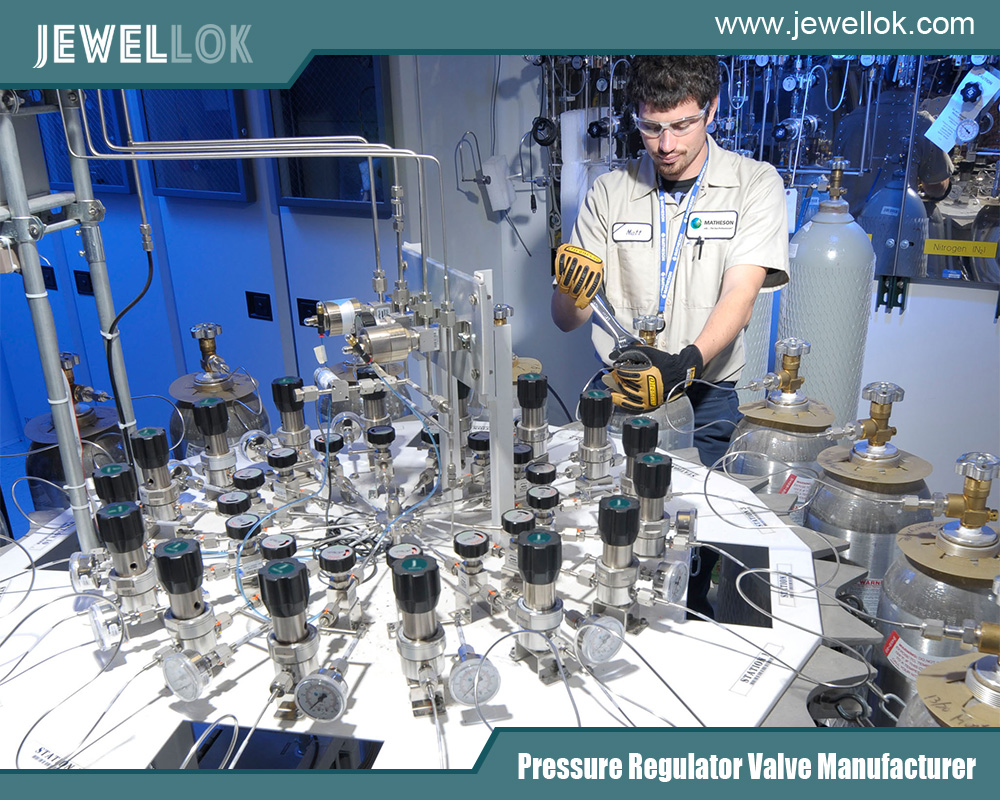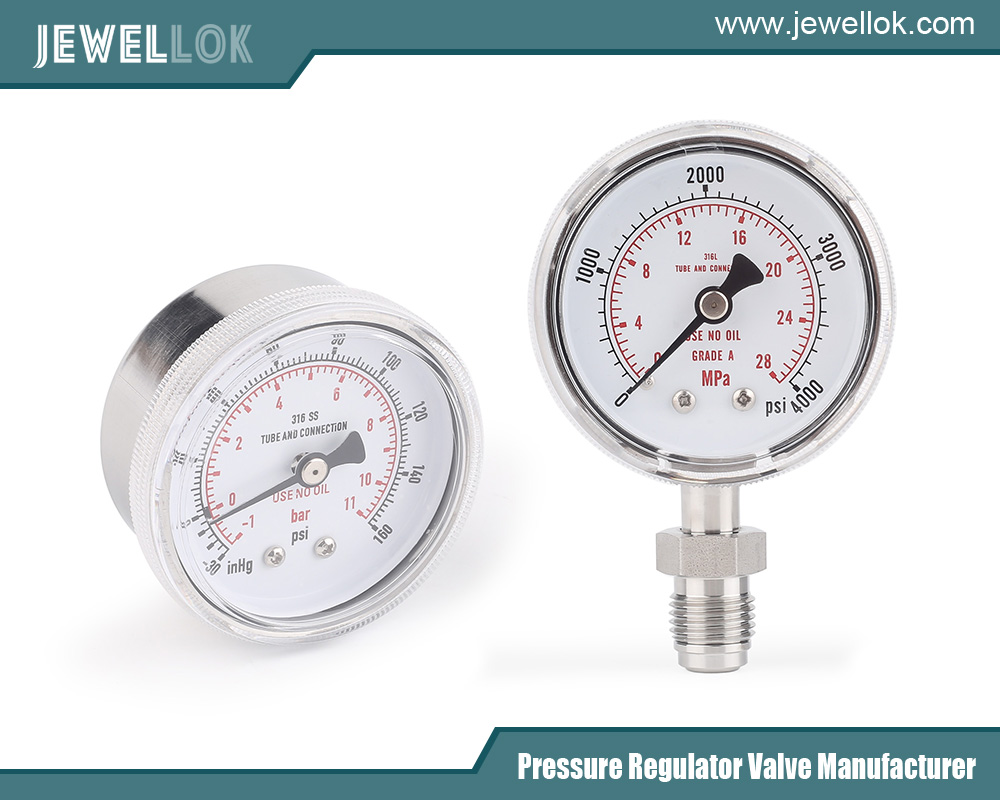Blog
Jewellok is a professional pressure regulator and valve manufacturer and supplier.
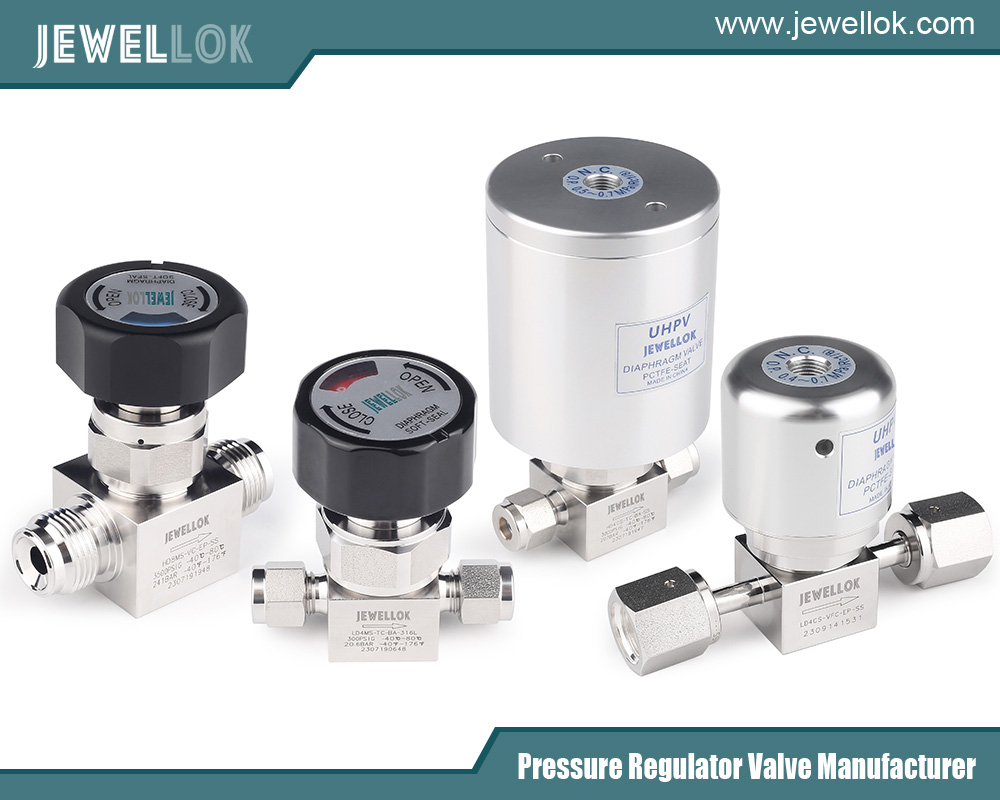
How Does a Needle Valve Work: A Comprehensive Guide to Understanding Needle Valves
- Pressure Regulator Valve Manufacturer
- bcf connector, block & bleed valve, China High Pressure Needle Valve Suppliers, China Needle Valve Manufacturers, diaphram valve, double block and bleed valve, double block bleed valve, excess flow valve, fusible plug, High Pressure Integral Bonnet Needle Valve, high pressure needle valve manufacturer in china, High Pressure Needle Valve Manufacturer in India, High Pressure Needle Valve Stainless Steel, High Pressure Needle Valves, how does a needle valve work, hydraulic regulator, Integral Bonnet Needle Valve Manufacturer, Needle Valve, Needle Valve Manufacturer, Needle Valves 10000 Psi manufacturers, Needle Valves Manufacturer Taiwan, quick connect, quick connect valve, Stainless Steel Instrumentation Needle Valves, stainless steel integral bonnet needle valve, Stainless steel integral bonnet needle valve manual, ultra high purity
- No Comments
How Does a Needle Valve Work: A Comprehensive Guide to Understanding Needle Valves
In fluid control systems, the needle valve is a critical component that precisely regulates fluid flow. Known for their ability to adjust flow rates accurately, needle valves are widely used in industries such as oil and gas, chemical processing, and household heating systems. Understanding the mechanics of a needle valve is essential for those working in fields where fluid control is critical. This article explores the workings of a needle valve, covering its components, functionality, applications, advantages, and limitations. It offers insights into why this type of valve is so valuable for flow regulation.
Topics Covered
- What is a Needle Valve?
- Critical Components of a Needle Valve
- Working Principle: How Does a Needle Valve Work?
- Types of Needle Valves
- Applications of Needle Valves
- Advantages of Using Needle Valves
- Limitations and Considerations
- How to Select the Right Needle Valve for Your Application
- Maintenance and Troubleshooting Tips for Needle Valves
- Conclusion
What is a Needle Valve?
A needle valve is a type of valve with a small port and a threaded, needle-shaped plunger. It is designed to allow precise fluid flow control, enabling accurate adjustments for applications requiring small amounts of fluid or gas. Due to their design, needle valves can regulate flow rates to minute levels, making them ideal for systems where gradual and smooth flow control is necessary.
Critical Components of a Needle Valve
Understanding how a needle valve works starts with knowing its main components. Each part plays a crucial role in the valve’s functionality, allowing it to control flow precisely. Below are the primary components of a needle valve:
- Valve Body:The outer casing houses all other components, typically metal, for durability and pressure resistance.
- Needle or Plunger:A long, pointed piece that fits into the valve seat to control fluid flow. This needle is moved by rotating the handle.
- Handle or Knob:Used to adjust the position of the needle, controlling the flow rate by tightening or loosening the needle in the seat.
- Valve Seat:The opening within which the needle fits. When the needle is fully seated, flow is entirely restricted.
- Stem and Threaded Shaft:The stem, attached to the needle, operates within a threaded shaft to allow gradual adjustments.
Working Principle: How Does a Needle Valve Work?
The operation of a needle valve is based on the positioning of the needle about the valve seat. Here’s a step-by-step explanation of how a needle valve works:
- Opening and Closing Mechanism:As the handle or knob is turned, the needle moves up or down within the valve seat. Turning the handle clockwise causes the needle to descend, reducing the space for fluid flow and gradually closing the valve.
- Controlling Flow Rate:The narrow and pointed end of the needle allows for exact adjustments. Small rotations of the handle change the needle’s position minutely, allowing fine flow rate control.
- Sealing Capability:The valve is completely closed when the needle is fully seated, creating a reliable seal. It prevents fluid or gas from passing through, even in high-pressure systems.
The needle valve’s design enables high-precision control overflow, which is especially valuable in systems where the flow rate must be carefully adjusted and maintained.
Types of Needle Valves
Needle valves are available in various types, each suited to different applications. Here are some common types of needle valves and how they differ:
- Manual Needle Valves:Operated by hand, ideal for applications requiring occasional adjustments.
- Automatic Needle Valves: Designed to adjust automatically based on pressure or flow sensors, commonly used in systems requiring continuous adjustment.
- Angle Needle Valves:These have an angled body that changes the flow direction, allowing for more flexible piping setups.
- Inline Needle Valves: Inline Needle Valves are straight-through valves that control the flow rate without changing direction. They are commonly used in straightforward flow applications.
Each type offers different advantages based on the system’s needs, whether for high-precision manual adjustments or automated flow regulation.
Applications of Needle Valves
Needle valves are used across various industries due to their precise control capabilities. Here are some notable applications:
- Gas Sampling and Flow Metering: Gas Sampling and Flow Metering are commonly used in laboratories and gas processing where fine-tuned control over gas flow is essential.
- Hydraulic Systems:In hydraulic machinery, precise oil flow control is required for effective machine performance.
- Fuel Lines:Needle valves are often utilized in fuel lines to control the flow of gasoline or diesel into engines.
- Heating and Cooling Systems:These are used in HVAC systems to manage the flow of coolant, improving temperature regulation and energy efficiency.
Due to their versatility, needle valves are invaluable for applications requiring fine flow adjustments, especially in high-pressure or low-flow settings.
Advantages of Using Needle Valves
Needle valves are chosen over other valve types for their unique benefits. Some of the key advantages include:
- Precision Flow Control:They offer superior control, allowing users to achieve precise flow rates with minimal adjustments.
- Reliability in High-Pressure Systems:Their durable construction and design enable needle valves to withstand high pressures without leaking.
- Effective Sealing:When closed, needle valves provide an effective seal, which prevents leaks even in pressurized systems.
- Versatility:They are suitable for various fluids, including gases, oils, and corrosive chemicals, making them versatile in multiple industries.
These advantages make needle valves ideal for accurate and reliable flow control applications.
Limitations and Considerations
Despite their advantages, needle valves have certain limitations that should be considered when selecting them for specific applications:
- Not Suitable for High Flow Rates: Their narrow ports make needle valves best suited for low-flow applications.
- Susceptible to Wear: The precision needle can experience wear and tear over time, mainly if used frequently in abrasive environments.
- Slow Adjustments:Due to the precision adjustments required, changing the flow rate with a needle valve can be slower than other valve types.
- Limited to Certain Fluids:Needle valves may not be suitable for some thick or viscous fluids as they can clog the narrow valve opening.
When selecting a needle valve, these factors should be weighed against the application’s requirements to ensure optimal performance.
How to Select the Right Needle Valve for Your Application
Choosing the correct needle valve requires understanding the application’s demands and how different valve features will meet those needs. Here are some key factors to consider:
- Pressure and Temperature Ratings:Ensure the valve’s specifications match the system’s operational pressure and temperature.
- Material Compatibility:Choose valve materials compatible with the controlled fluid type, especially if corrosive substances are involved.
- Flow Rate Requirements:Determine the required flow rate and select an appropriate port size valve.
- Maintenance Needs:Consider the ease of maintenance, mainly if the valve will be in continuous use or a remote location.
- Installation Type:Select between inline or angle valves based on the piping layout of your system.
By evaluating these factors, users can select a needle valve that offers functionality and longevity for their specific use case.
Maintenance and Troubleshooting Tips for Needle Valves
Regular maintenance and troubleshooting are essential to keep a needle valve functioning efficiently. Here are some tips for maintaining needle valves:
- Inspect for Wear and Tear:Check the needle and seat for wear; these are high-contact points and prone to degradation over time.
- Regular Cleaning:Remove debris or contaminants from the valve to prevent clogging, especially in high-use systems.
- Lubricate Moving Parts:If applicable, lubricate the stem and threads to ensure smooth operation.
- Check Seals and Gaskets:Regularly inspect seals and gaskets for signs of wear to prevent leaks.
Following these maintenance tips can significantly enhance the performance and lifespan of a needle valve.
Conclusion
Needle valves play a vital role in systems that require fine-tuned flow control. Their unique design, characterized by a needle-shaped plunger and precision adjustment capabilities, allows users to regulate flow rates with remarkable accuracy. While needle valves are commonly used in industries ranging from gas sampling to hydraulic systems, it’s essential to understand their limitations and maintenance requirements to maximize their effectiveness. Whether in a high-pressure pipeline or a laboratory setup, selecting the correct needle valve and maintaining it properly can ensure reliable operation and contribute to the efficiency of fluid control systems.
For more about how does a needle valve work: a comprehensive guide to understanding needle valves, you can pay a visit to Jewellok at https://www.jewellok.com/ for more info.
Recent Posts
Tags
Recommended Products
-
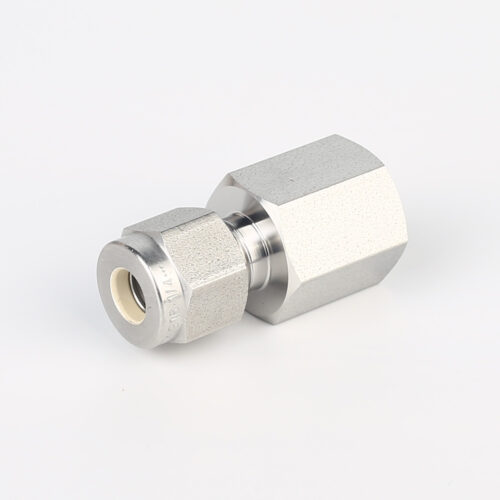
766L High Purity Female Connector UHP Fitting Female Connector
-
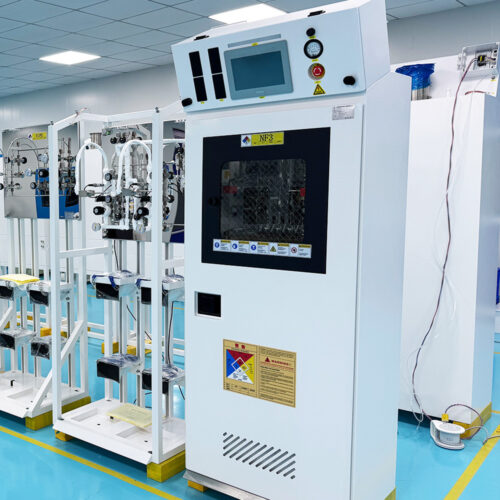
Semi Automatic Gas Cabinet Gas Panels High Purity Gas Delivery Systems JW-200-GC
-
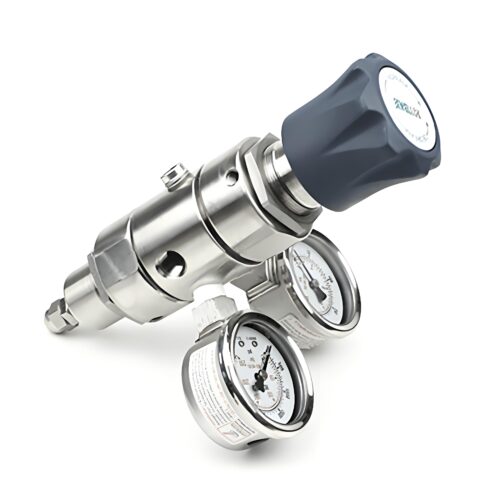
DPR1 Ultra High Purity Two Stage Dual Stage Pressure Reducing Regulator Semiconductor Grade Regulators
-
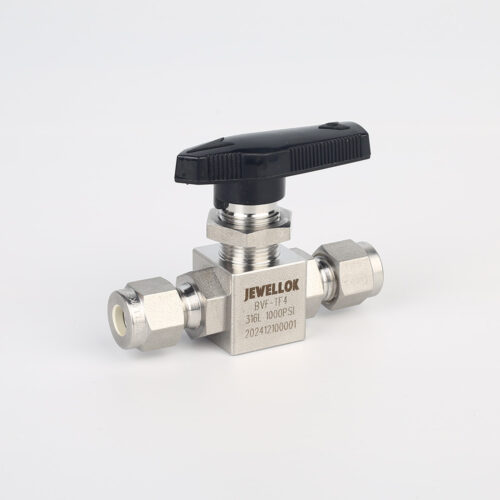
Stainless Steel High Purity High Temperature Pneumatic Actuated Ball Valves JBV2 Series
-
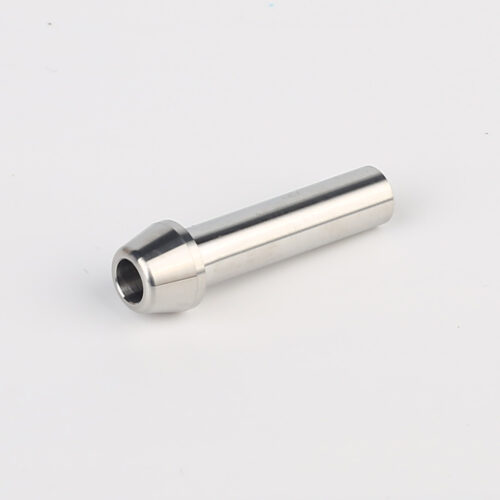
767LP Port Connector Ultra High Purity VCR Metal Gasket Face Seal Tube Fittings
-
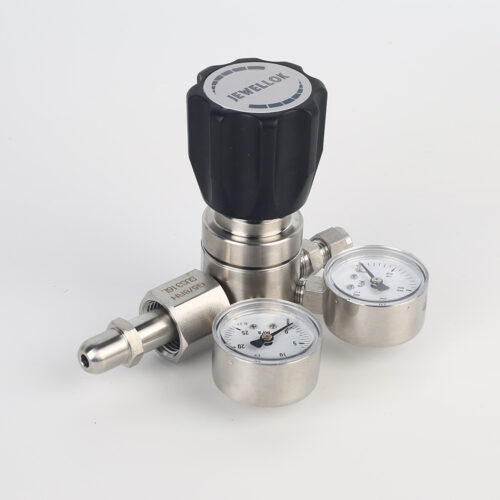
High Purity High Pressure Gas Cylinder Pressure Regulators Pressure Reducing Valve JSR-1E Series
-
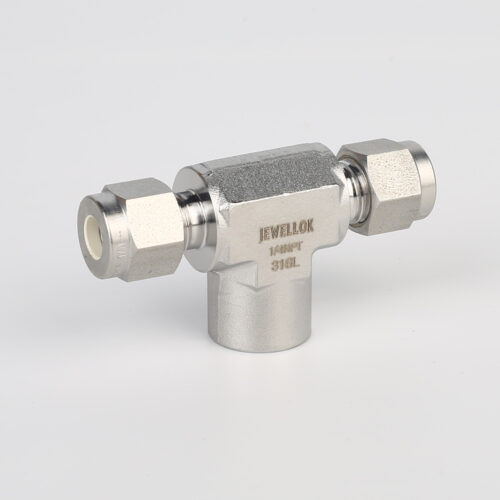
772 LF Female Branch Tee | Stainless Steel Tube Fitting Female Branch Tee 1/2 in. Tube OD x 1/2 in. Tube OD x 3/8 in. Female NPT
-
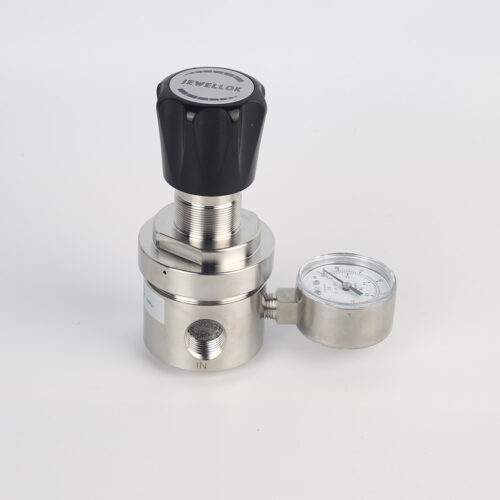
Line And Panel Mounting Adjustable Low Pressure Propane And Nitrogen Pressure Regulator JSR-3L & JSR-3LP Series
